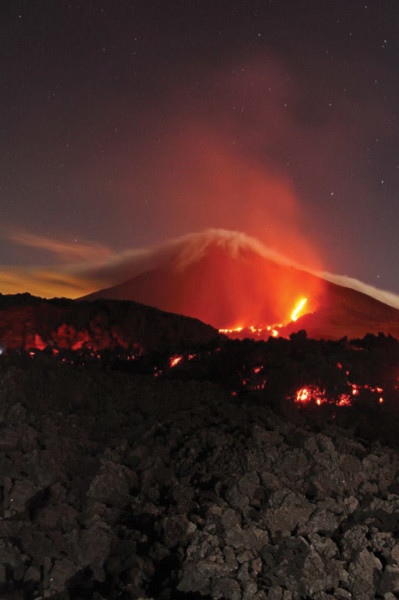Obsidian
Think obsidian, and probably a black, sharp rock comes to mind, not much of a gemstone, with a name that sounds more scientific than a glamorous jewel.
Blame the name on a Roman explorer, Obsidius, who wandered into Ethiopia and brought the Caesars back the dark natural glass. Blame the plain-Jane black in your mind on the fact that most of this volcanic rock is dark, but look for the more sensuous varieties that can be greenish, rainbow, brown, sometimes “snowflake” with white crystals imbedded, all depending on its source and how it quickly cooled.
The hard, brittle glass forms when lava cools too quickly, such as when a flow hits water. It’s mineral-like, but it’s not a mineral. Because it fractures so easily, with sharp edges, all cultures around the world’s bands of volcanoes — the Pacific “ring of fire,” the Middle East and of course down Central America — used the sharp glass for arrow and spear points, knives and scalpel blades.
No culture was as sophisticated as the Maya in trading different obsidian stones with varied colors and bands to use for decorations as well as tools. Because every individual volcanic explosion creates an obsidian blend that’s distinctive and different, archaeologists use the tools and jewels from pre-Columbian digs to help in dating. Check out museum collections to see the great varieties of obsidian and of Maya uses.
Metaphysical healing worldwide, strong in Guatemalan village tradition, finds healing from obsidian, removing negativity with the stone. Hikers spot unique pieces along volcanic trails, good souvenirs to take home as long as they’re not tools or ancient decorations. Photographers find the right obsidian hangings or bracelets enhance the beautiful face they’re capturing. Tourists find inexpensive but attractive necklaces or earrings to give friends. Whatever the use, seek and enjoy the fascinating shades and forms fresh from nature’s eruptions.
REVUE article by Ken Veronda


